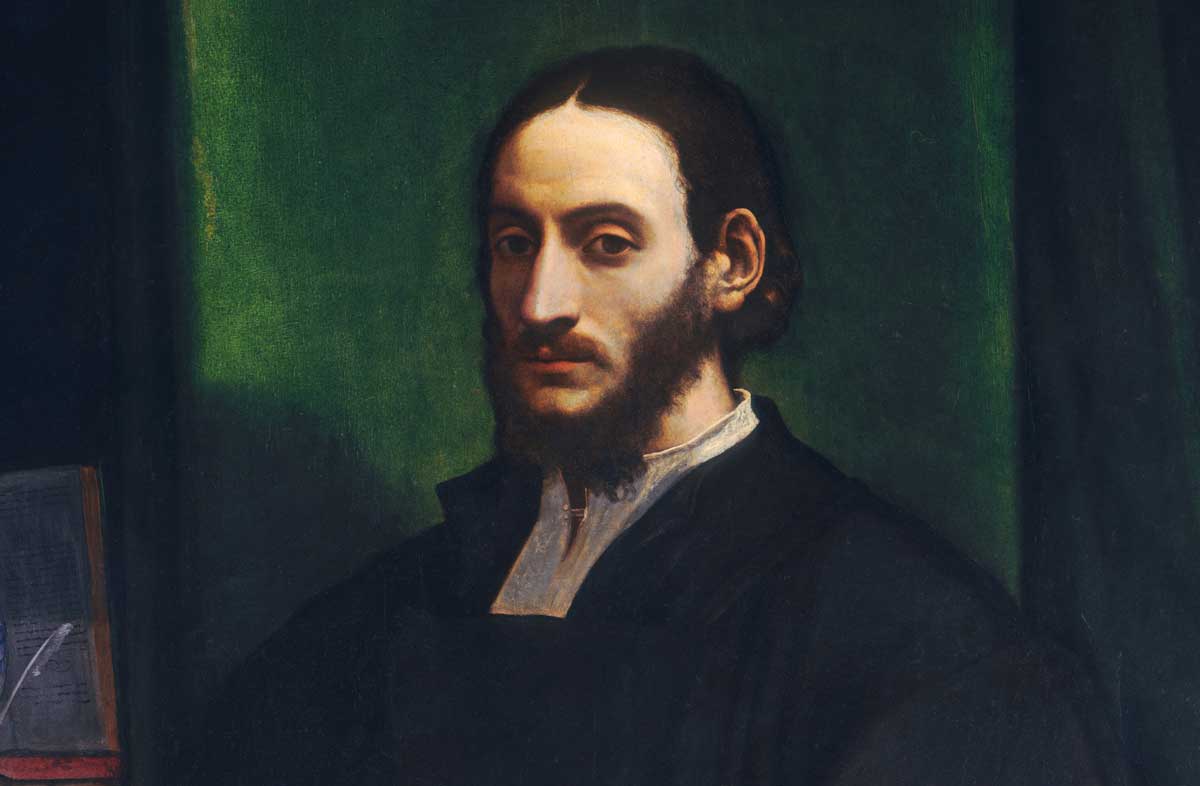Baptism of Leo Africanus
The great native historian of Africa was baptised by Pope Leo X on 6 January 1520.

For the first English translation of his most influential work, The Description of Africa, he is John Leo. His baptismal name was Joannes Leone de Medici, although he preferred its Arabic form, Yuhannah al-Asad. His birth name was al-Hasan Ibn Muhammad Ibn Ahmad al-Wazzan. But he is best known as Leo Africanus.
His date of birth is unknown, but its place is not: Moorish Granada. It seems fitting that a great native historian of Africa – Muslim, Arabic-speaking – was born in Europe: he is a challenger of categories.
He grew up in Fez. Or rather, he grew up everywhere, travelling widely with his father, a diplomat. It was in that role himself that he was taken by pirates returning by sea from Egypt. Realising their prisoner’s value, they presented him to Pope Leo X, who baptised him in St Peter’s on 6 January 1520.
Was al-Hasan’s conversion self-preservation or was it sincere? The man’s intelligence and resource look back at us blankly across the centuries.
It has been argued that al-Hasan returned to North Africa, and Islam, after the sack of Rome in 1527. But evidence is thin. For centuries, The Description was all the West knew of Africa, while its author remained elusive – melting into the foreground, to borrow a phrase from elsewhere.